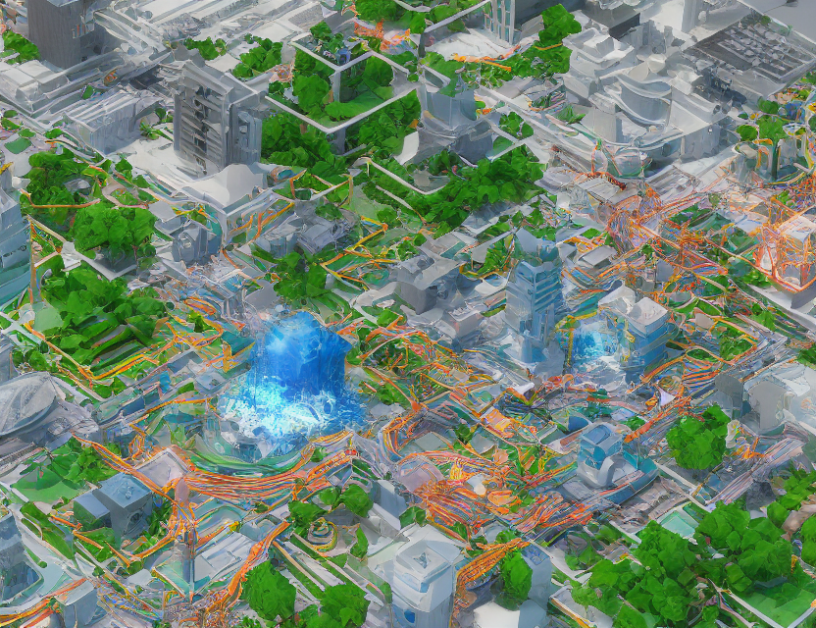In this paper, the authors aim to address the challenge of training deep neural networks (DNNs) in a distributed fashion with parallel hardware accelerators. They propose a novel approach called Singularity, which combines data parallelism and model parallelism to train large DNN models efficiently. Singularity supports various hardware platforms, including GPUs, NPUs, and TPUs, and follows the virtual devices approach to improve efficiency and scalability. The authors evaluate their approach on several benchmark datasets, including OpenWeb Text Corpus, Wikipedia, and ImageNet, and show that Singularity achieves better performance than existing methods in terms of training time and memory usage.
Key Points
- The paper proposes a novel distributed training approach called Singularity for large DNN models.
- Singularity combines data parallelism and model parallelism to improve efficiency and scalability.
- The approach supports various hardware platforms, including GPUs, NPUs, and TPUs.
- The authors evaluate their approach on several benchmark datasets and show better performance compared to existing methods.
Analogy
Imagine building a skyscraper with Legos. Just like how you can build a tall tower using multiple Lego blocks stacked together, Singularity trains DNN models by breaking them down into smaller parts and distributing them across multiple hardware accelerators. This allows for faster training times and more efficient use of resources.
Concepts
- Distributed training: Breaking down a large DNN model into smaller parts and training them in parallel on multiple hardware accelerators to speed up the training process.
- Data parallelism: Splitting the input data into smaller parts and processing them simultaneously across multiple GPUs or other hardware accelerators to improve training efficiency.
- Model parallelism: Breaking down a large DNN model into smaller parts and training them in parallel on multiple GPUs or other hardware accelerators to improve training efficiency and scalability.
Overall, the paper presents a novel approach to distributed training of DNN models that can significantly improve training efficiency and scalability. The proposed Singularity framework has promising results and could be an important tool for deep learning researchers and practitioners in various domains.



